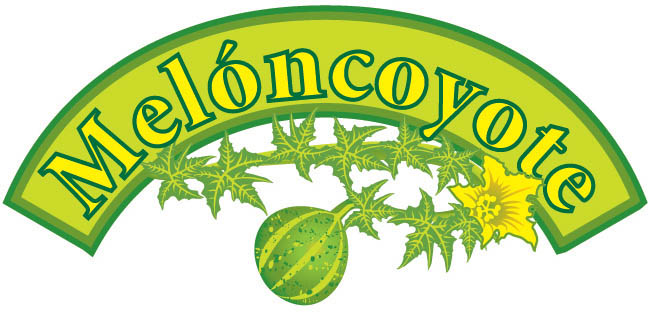
PROPEGUAY Proves Sardine Cannery ‘Can Do’ Good for the Environment
Javier Osvaldo Díaz Mendoza, Ana Karen Germán and Carolina Contreras Sánchez
PROPEGUAY (Fish Products of Guaymas, in English) is located in the old industrial zone south of Guaymas, Sonora. This sardine cannery is one of the most important in Mexico. It is an environmentally friendly company that, besides holding records for exportation, is concerned with environmental sustainability. It is also a model for waste water treatment.
Treatment of residual water at PROPEGUAY
Water is an amazing substance: when clean, it is life-giving, but when dirty, it can bring death, not only for marine organisms but for people as well because a large part of Sonora’s economy depends on the sea. So, how to avoid discharging contaminated water back into the sea? At PROPEGUAY they have shown us one way to do this. Daniel Suárez, in charge of residual water treatment for the plant, was our guide.
The water treatment plant didn’t just materialize overnight, but has undergone a series of developments and improvements over time. According to engineer Suárez, the first stage was the implementation of a primary filtration system over a four year period that dealt with the physical, biochemical and biological separation and sedimentation processes. After that period, the system’s efficiency was improved as its capacity for dealing with sedimentation was increased.
Water with fish scales, heads and tails is transported to several sedimentation units, giant tanks that use gravity and density (the relationship between the quantity and weight of a substance) to separate water from other substances. Those materials lighter than water float and are collected by skimmers, while heavier substances sink to the bottom, where they are collected by another type of skimmer. Oils are removed and converted into fish oil while the scales, tails and other solids are made into fish meal.
At this point, most contaminants have successfully been separated from the water, but it is still not totally clean because it contains microscopic particles. These are treated with ferric chloride and a polymer which bind with the residual particles, making them float. The resulting sludge is extracted by yet another type of skimmer which carries the residue through hoses to beds of sand where it is dried in the sun.
Because of the sludge’s high nitrogen content (sardines are full of proteins, and proteins are composed of amino acids that contain nitrogen), it could ideally serve in the production of compost. The only problem right now is that there is nobody interested in producing this compost, so the sludge is sent to the Guaymas sanitary landfill for disposal. In the final step of the treatment process, the water is chlorinated then discharged into the sea.
PROPEGUAY is without doubt a model plant. It is one of Guaymas’ most important sources of employment. The plant not only talks of respecting the environment but actually takes steps to care for it. It demonstrates how all human activities have repercussions, both on humans and on the environment, and shows that the most important thing is the way in which we carry out these activities. It is important that we be responsible so as to avoid harming the environment, others and ourselves, because when we take care of the environment, we take care of ourselves.
The authors are students of the Center for Ocean Technological Studies CETMAR No. 3 in Guaymas, Sonora.